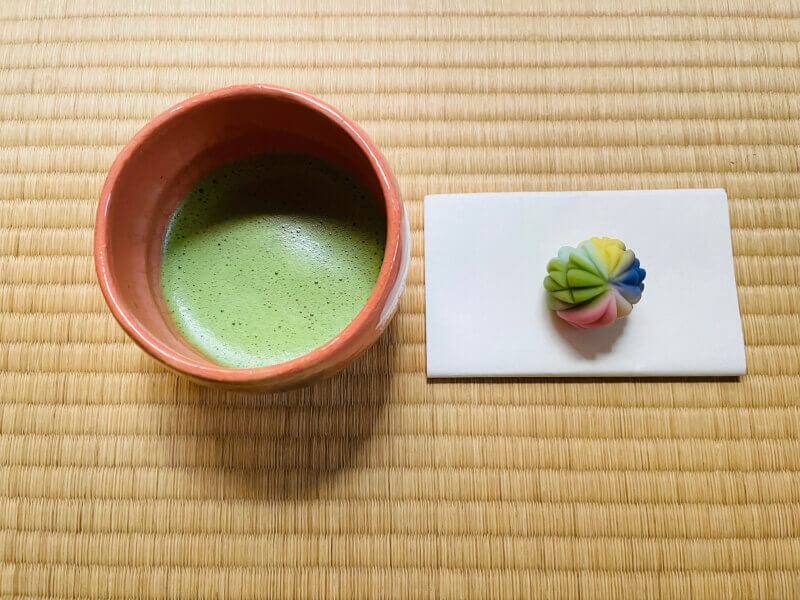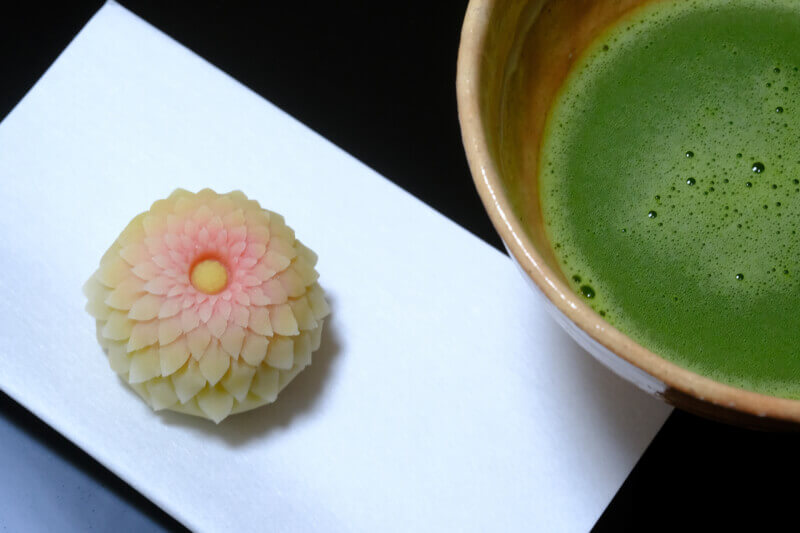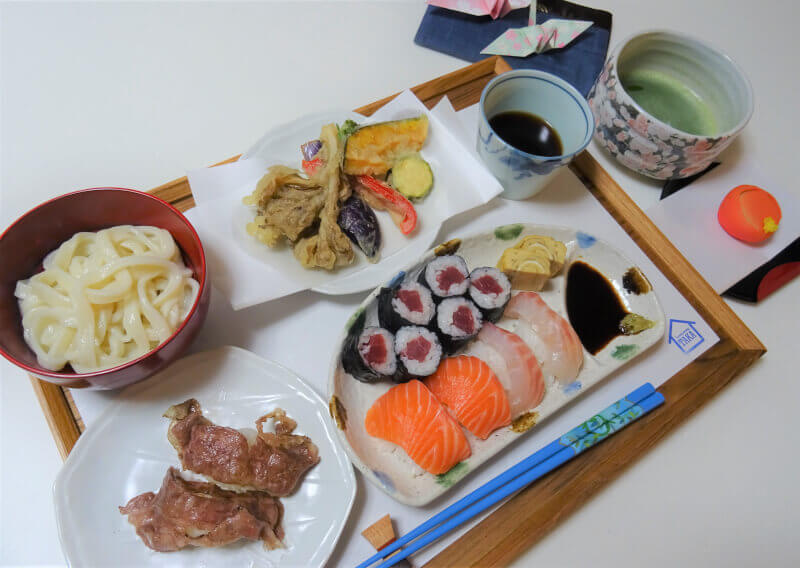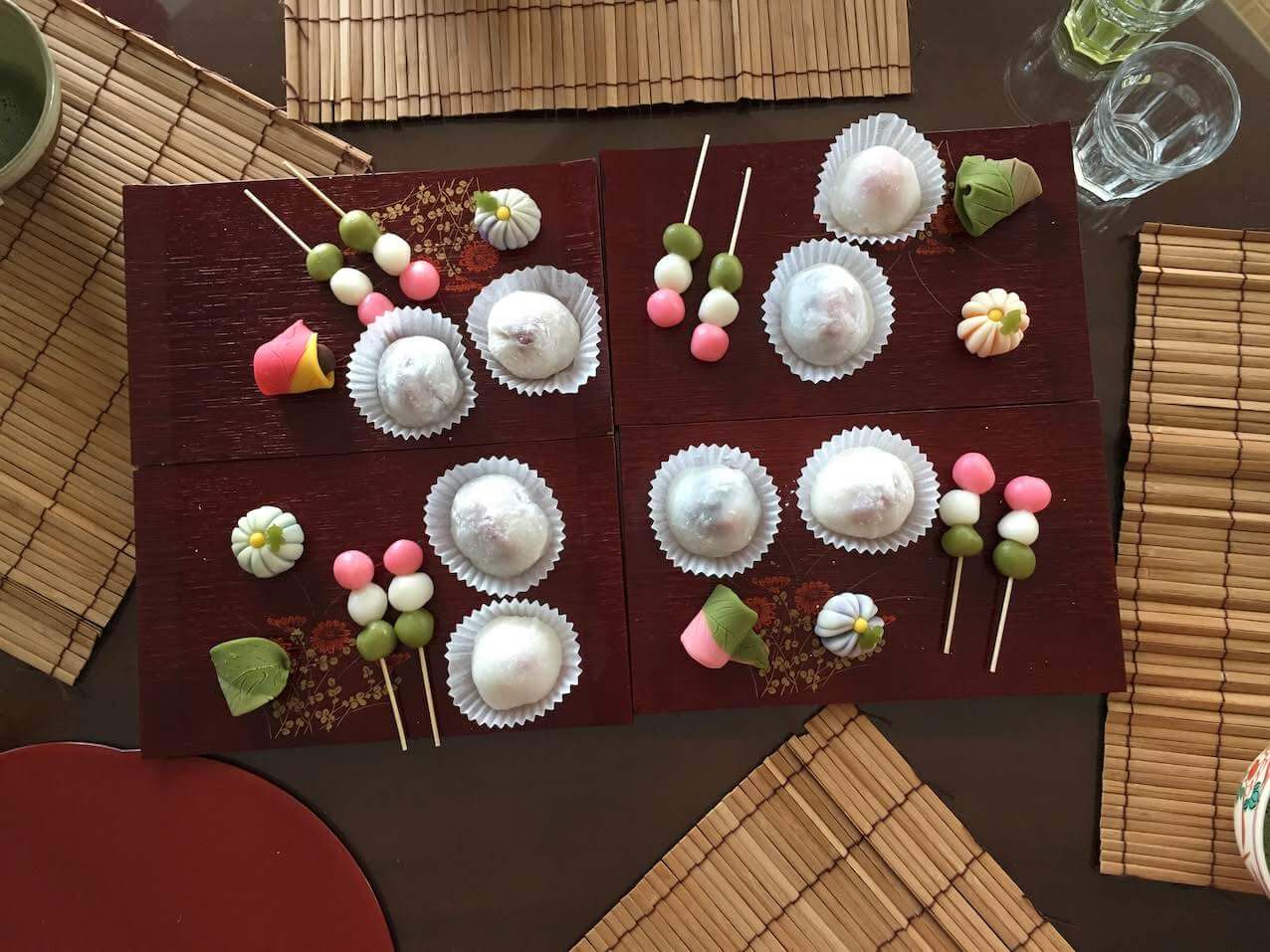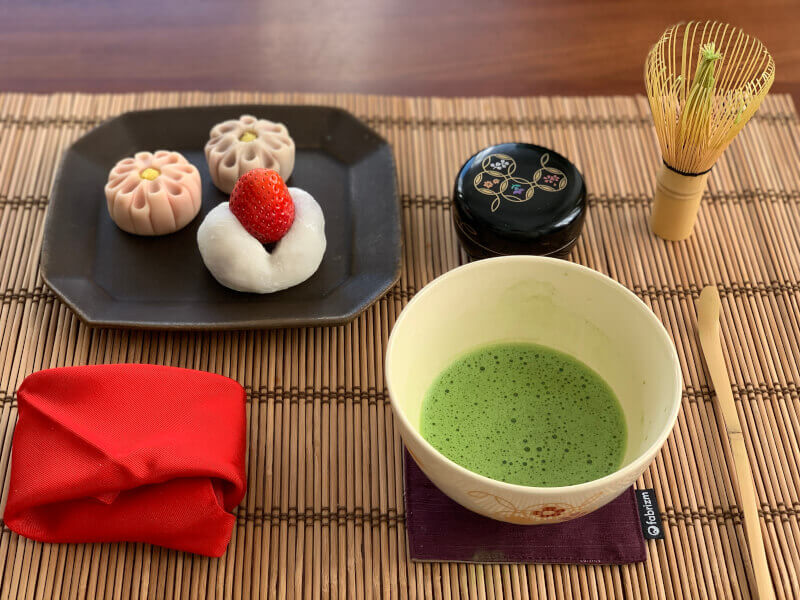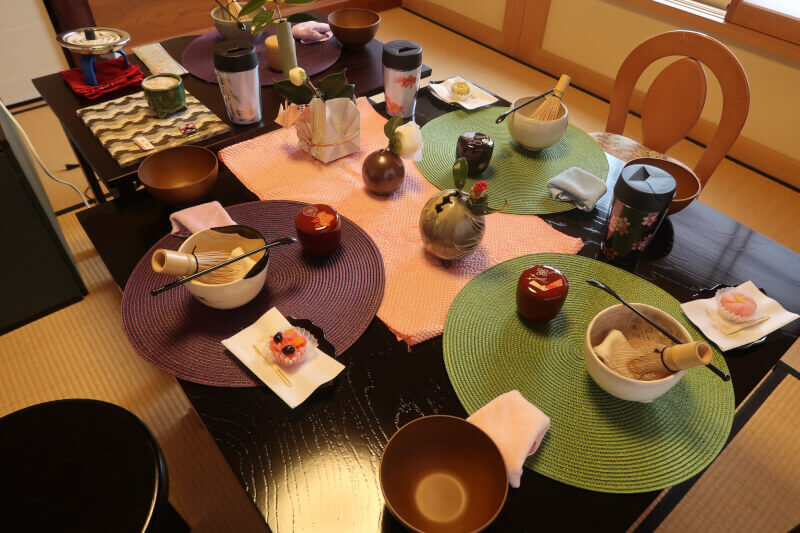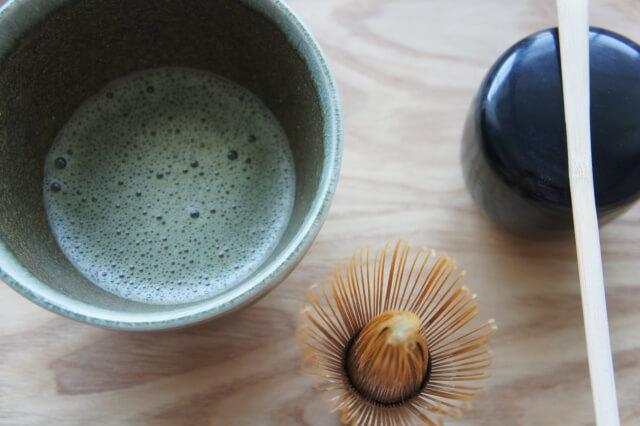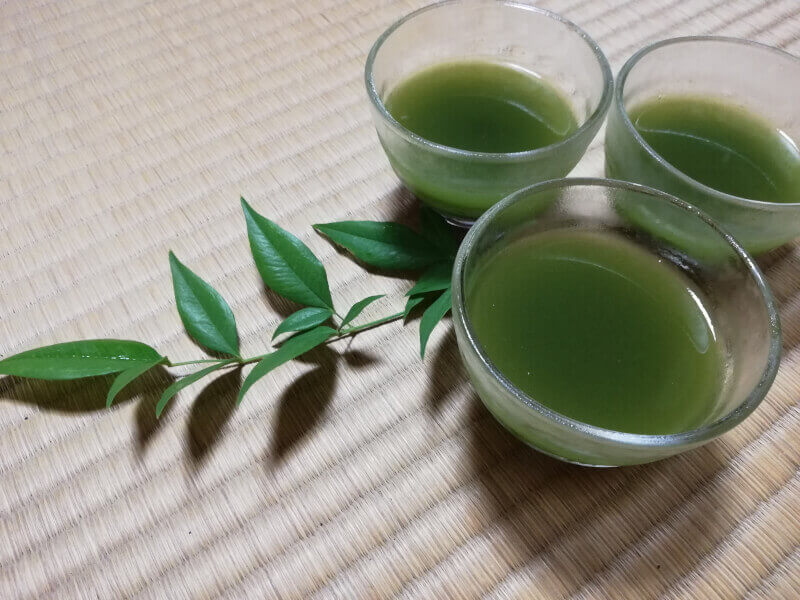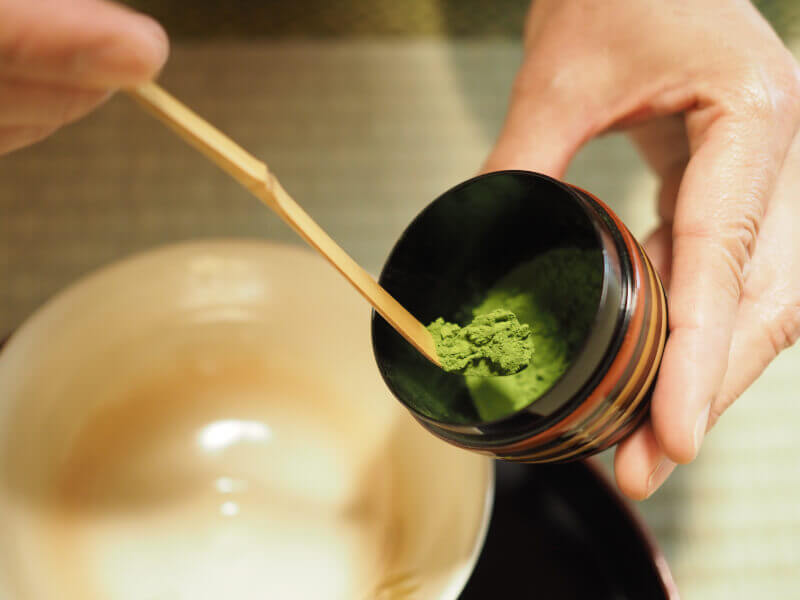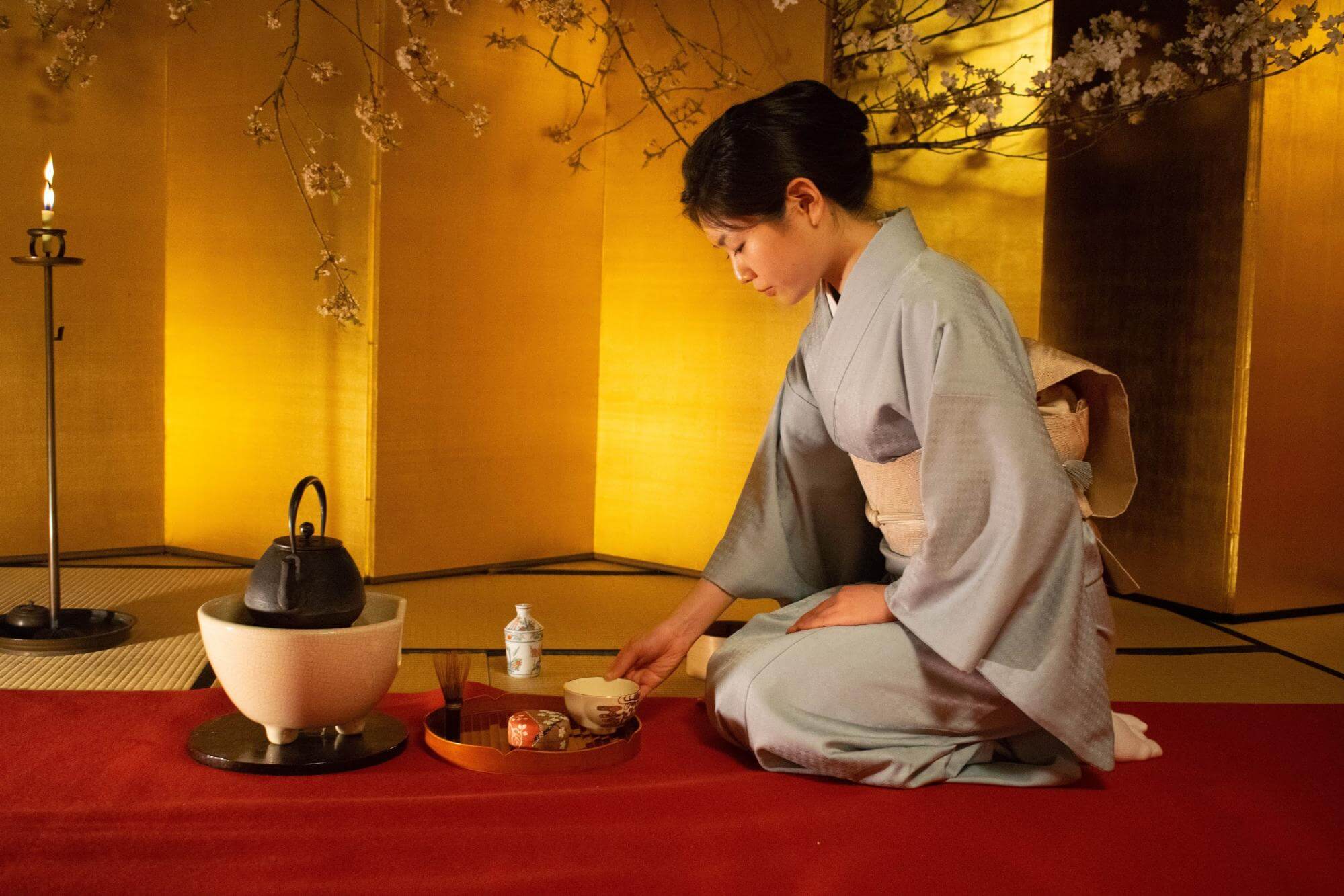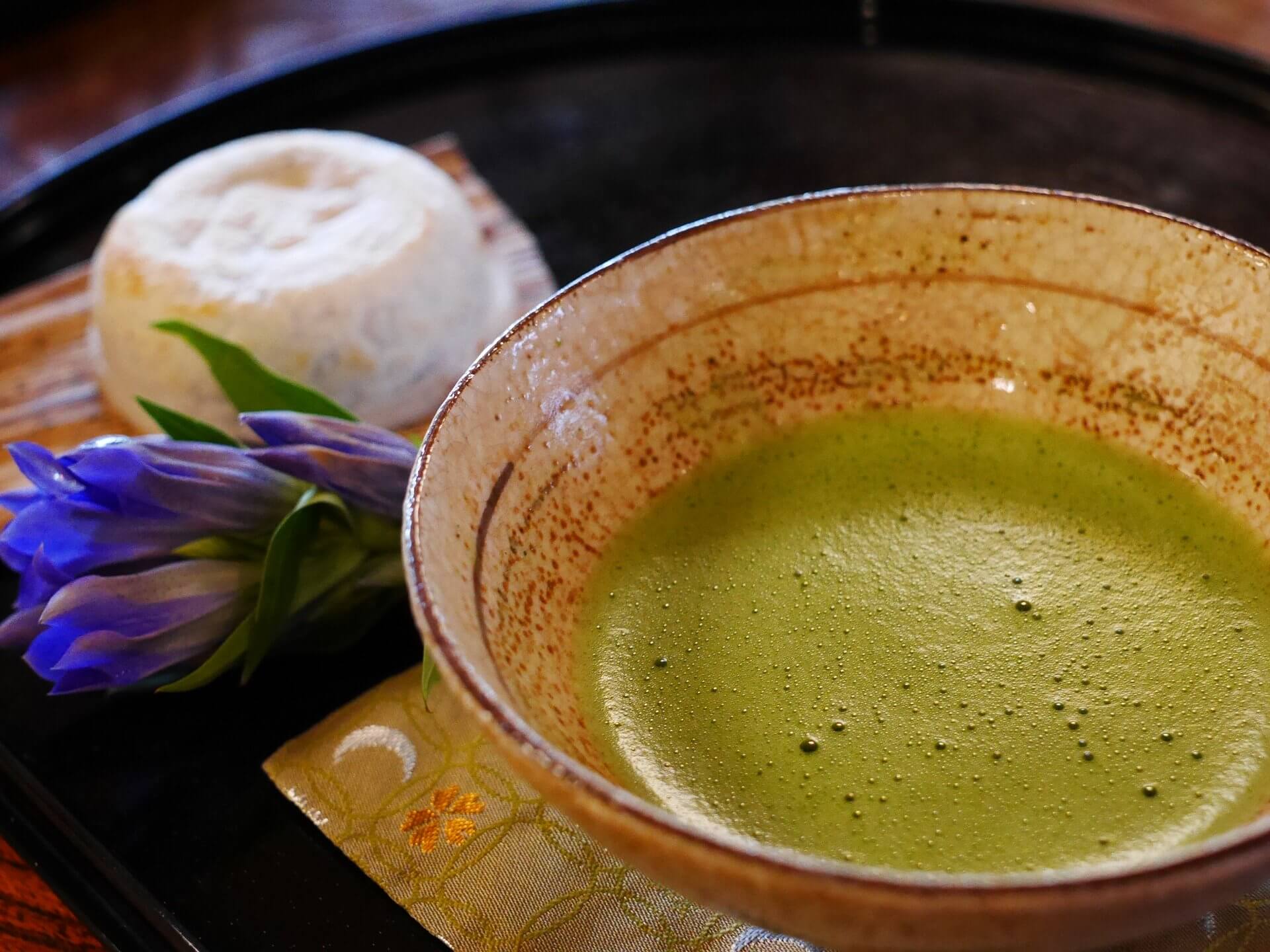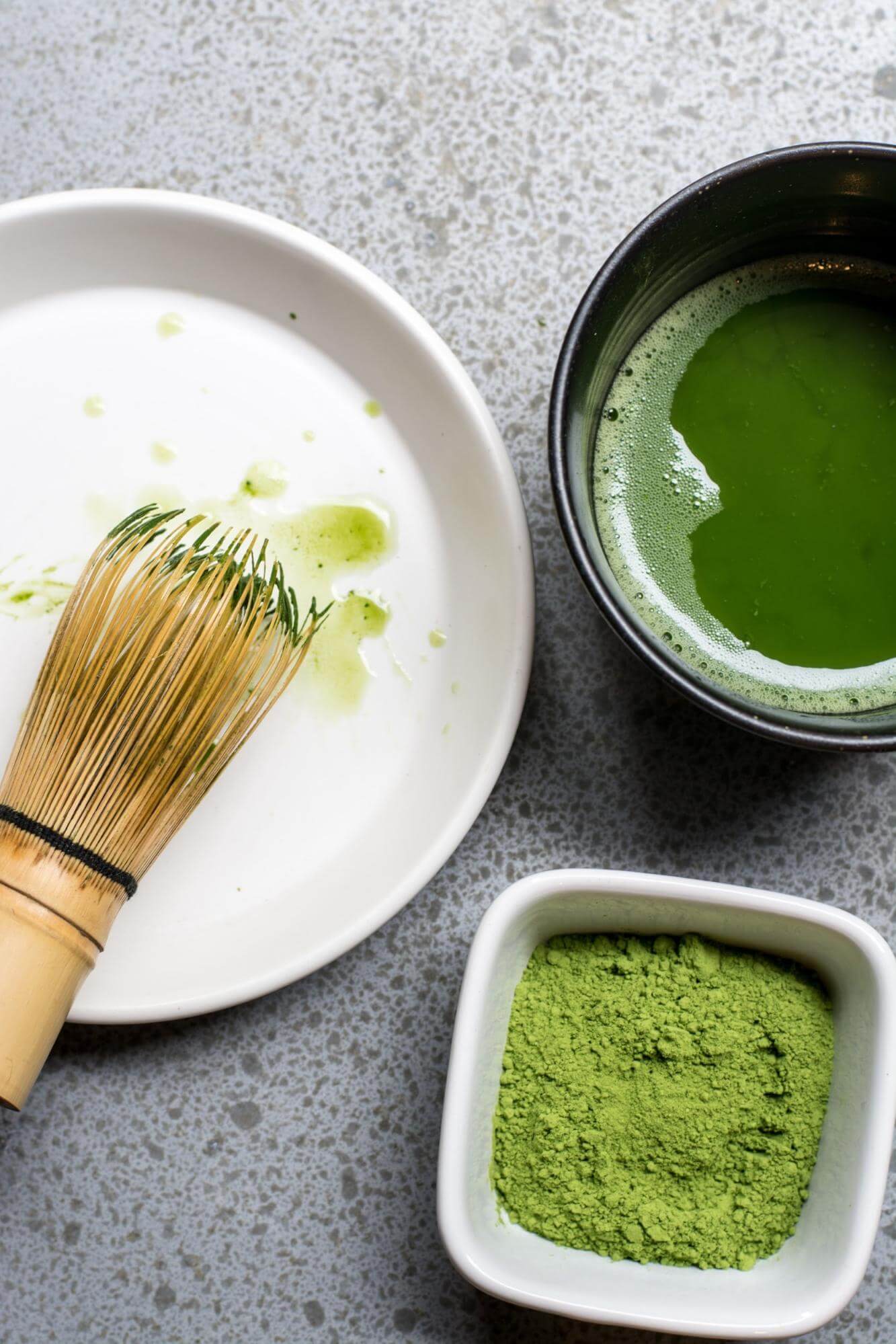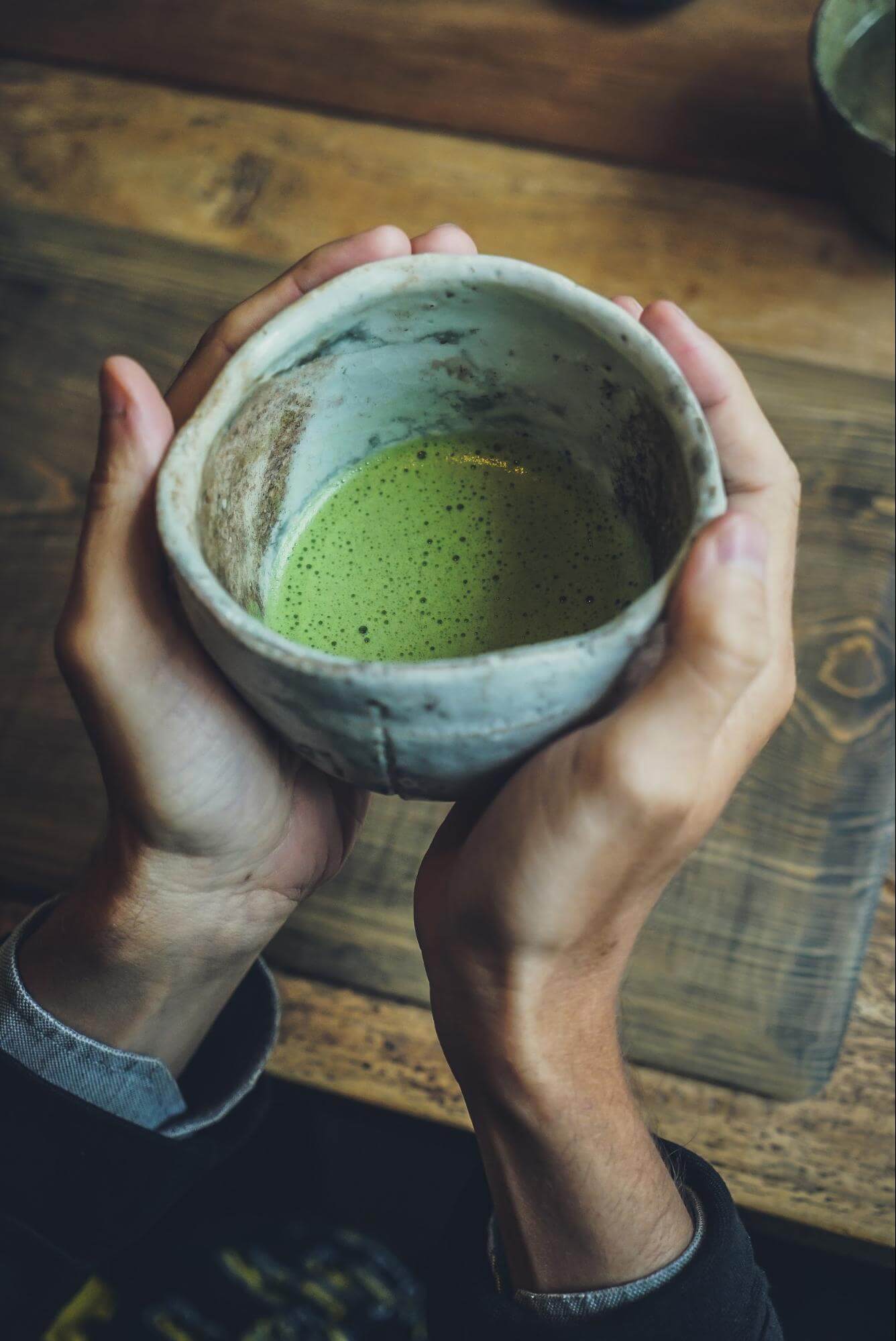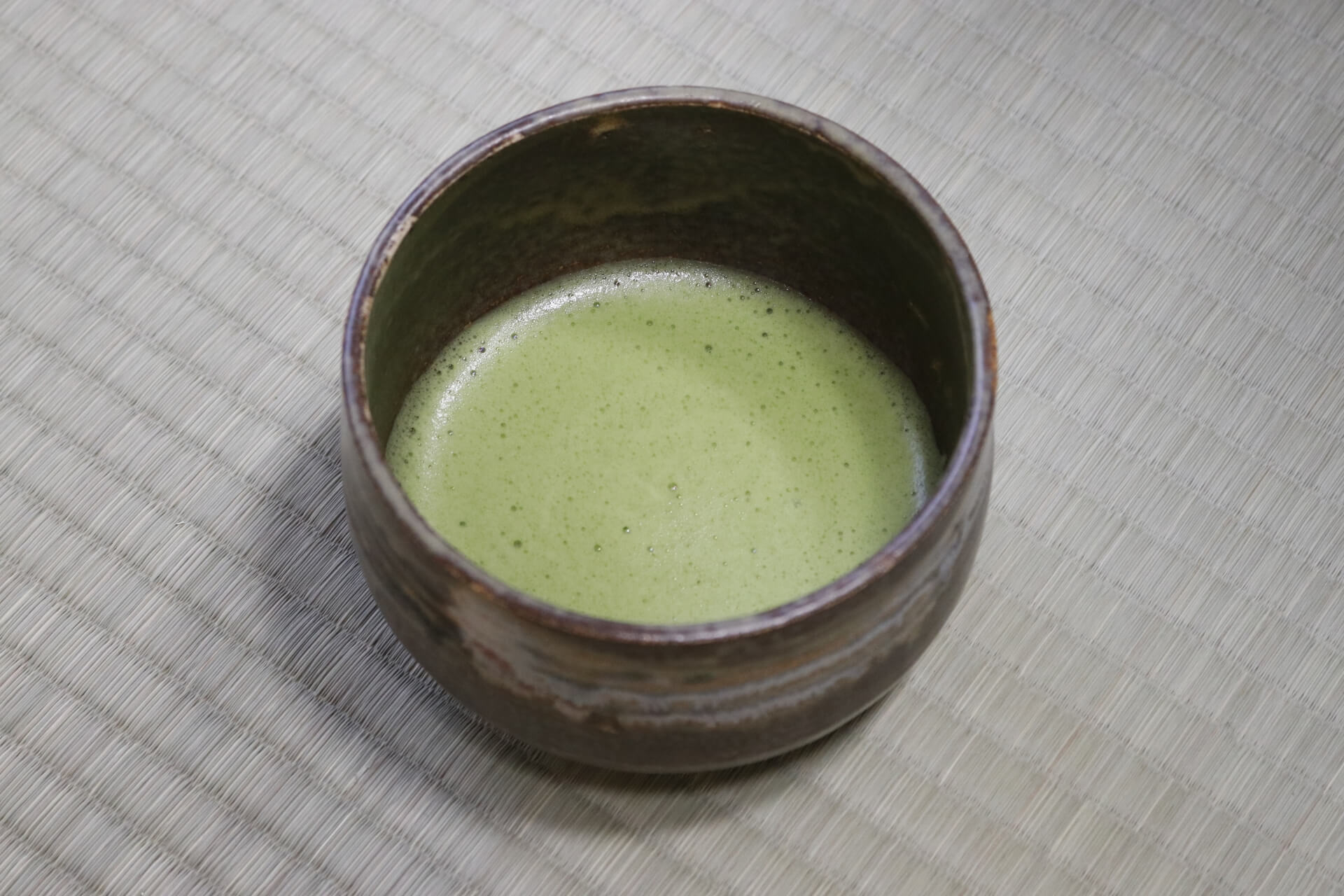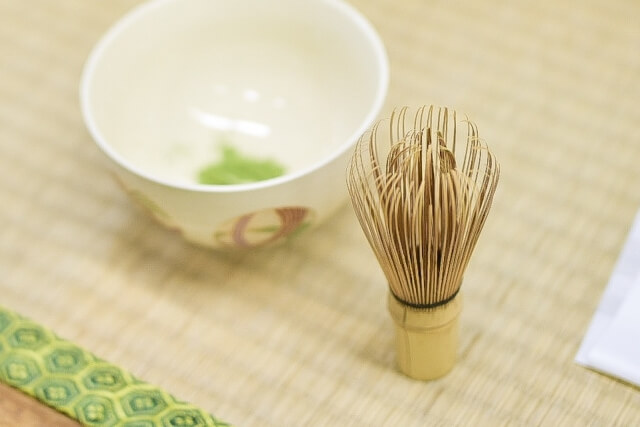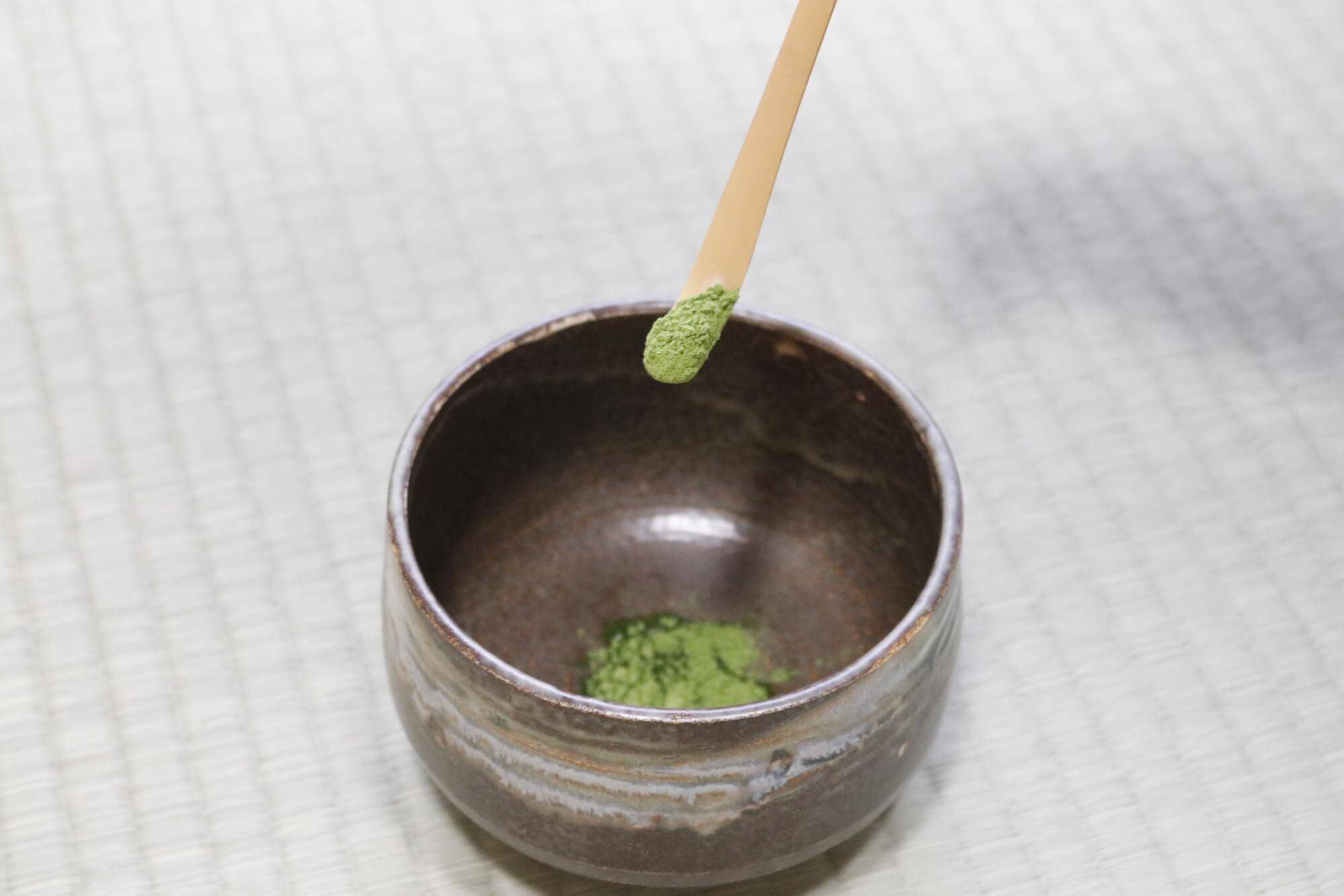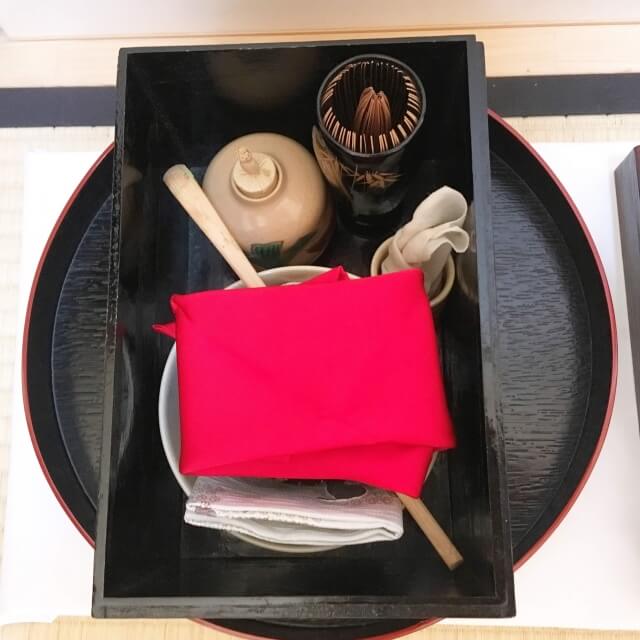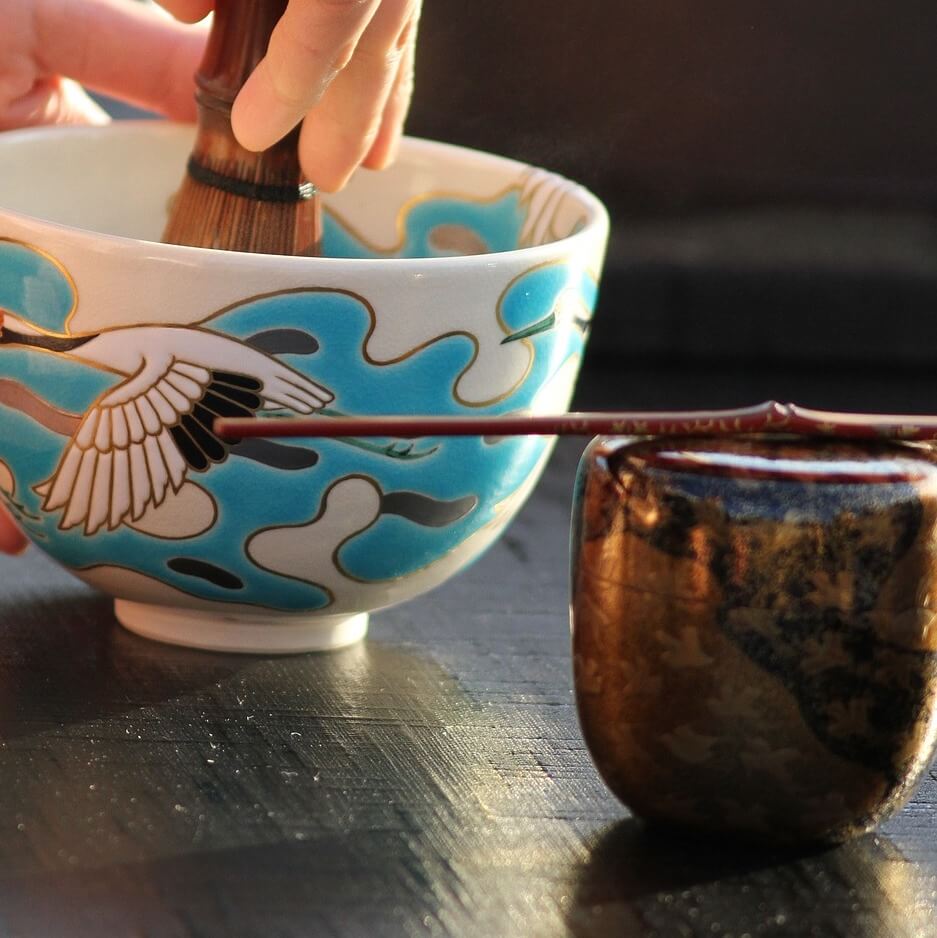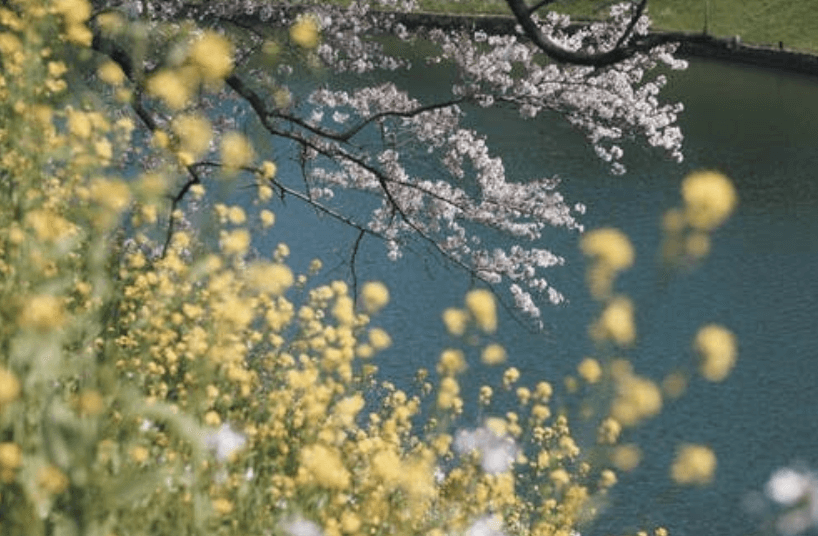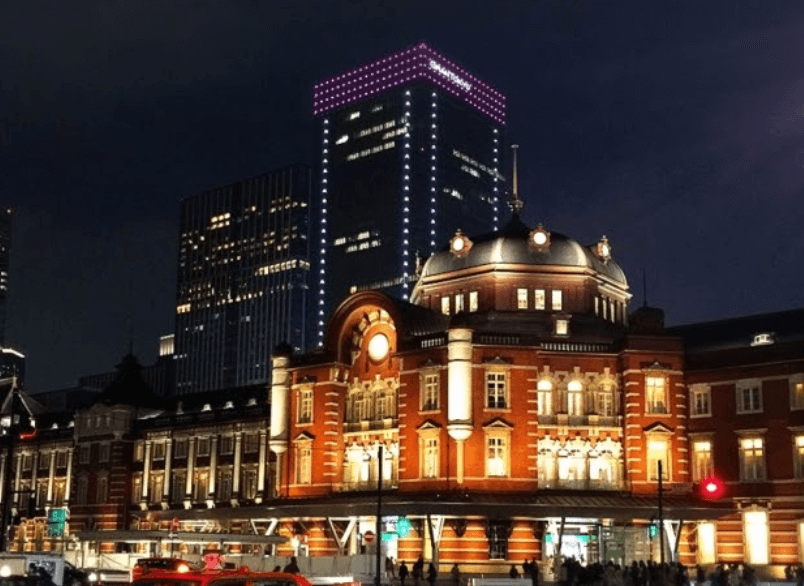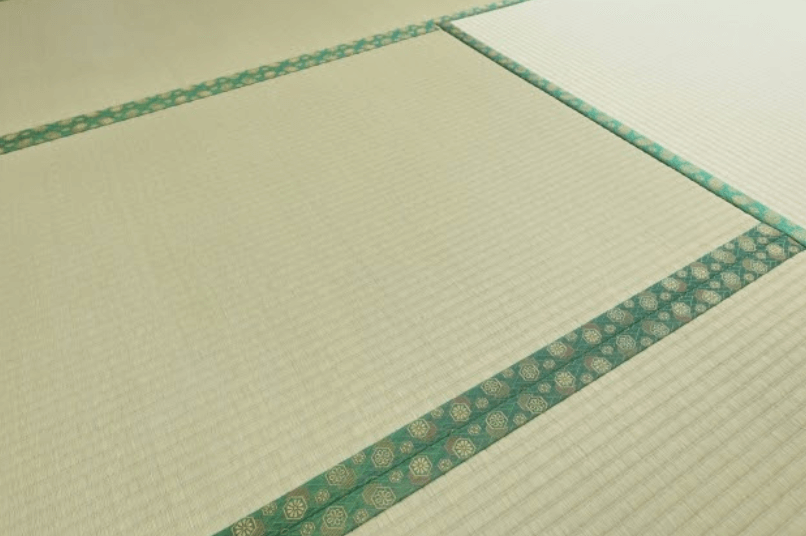Participate in the Important Japanese Ritual of Tea Ceremony
The practices and customs of the Japanese tea ceremony shed insight into Japanese history and values. Heavily influenced by Zen Buddhism, elements of the tea ceremony emphasize balance, harmony, and simplicity. From the set-up of the room, to the ingredients and utensils used, to the movements of the server – each part of the tea ceremony carries specific intent and importance, and reveal much about Japanese culture. Through participating in a Japanese tea ceremony in Tokyo, you’ll have the opportunity to experience a ritual that has been practiced in Japan since the late 16th century.
Visit a Tokyo Local’s Home and Immerse Yourself in Japanese Culture
Tea ceremonies are a popular cultural activity for tourists visiting Japan. While there are several places to enjoy tea ceremonies in Tokyo, experiencing a tea ceremony through airKitchen offers a uniquely personal cultural exchange experience. Tea ceremonies can often feel stiffy and tied up by formality due to the rigid rules that are followed, making it difficult to relax and fully enjoy the experience. In contrast, an airKitchen tea ceremony class in Tokyo takes place in a more comfortable and intimate environment: a host’s home. You’ll still learn about the steps and history of the Japanese tea ceremony, while also having the opportunity to get to know your host and experience Japanese life more closely.
Relax and Enjoy a Cup of Green Tea in Tokyo!
Green tea, or matcha, is a traditional Japanese drink that is prepared and enjoyed in the Japanese tea ceremony. It is often enjoyed paired with wagashi, Japanese traditional sweets, and you’ll find that many airKitchen Japanese tea ceremony experiences in Tokyo combine the tea ceremony with other cooking opportunities – like wagashi making! Whether you’re interested in preparing other dishes during your airKitchen class or just participating in a Japanese tea ceremony, enjoying a cup of green tea with your host is an excellent way to round out your experience in Tokyo.
























![[Solo friendly] \r\nLearn to prepare foot-kneaded Japanese Udon noodles and Matcha tea ceremony](https://image.airkitchen.me/experience/2534/1.png?w=450&auto=compress)






































